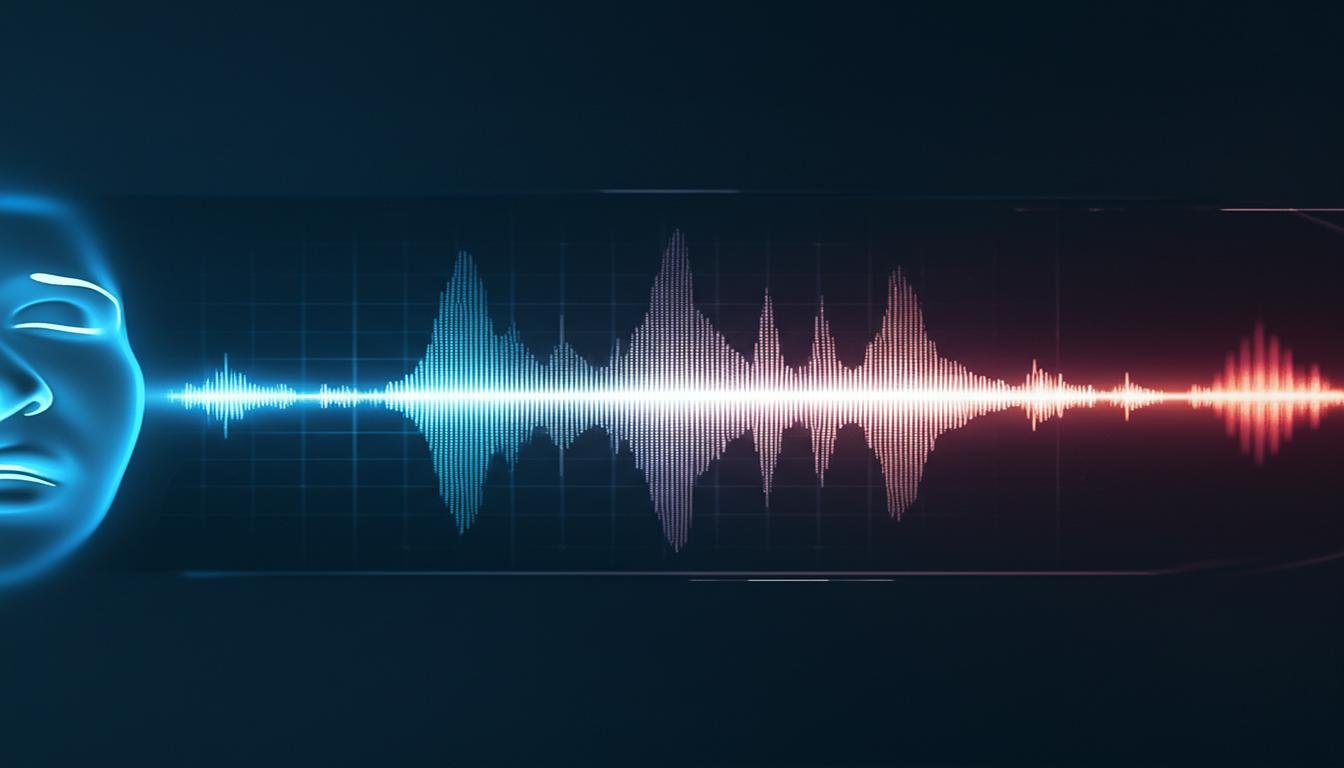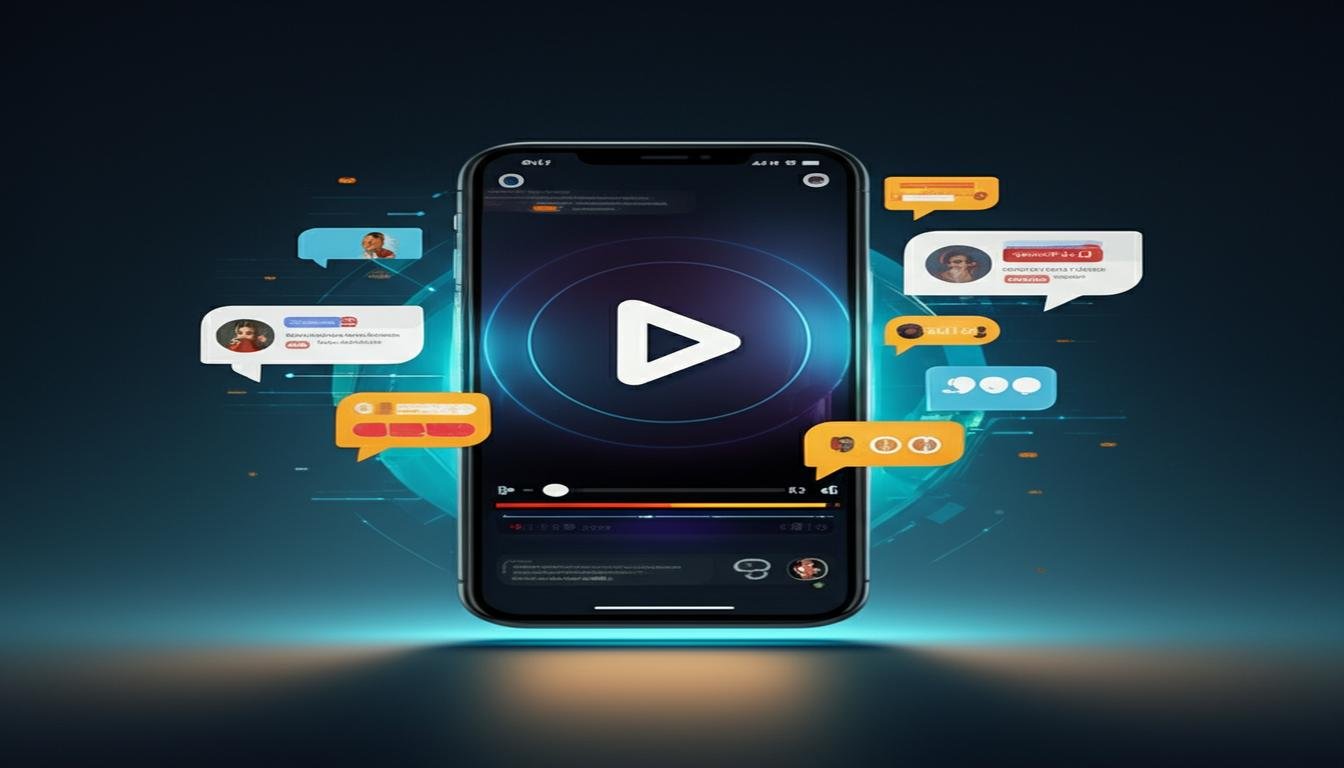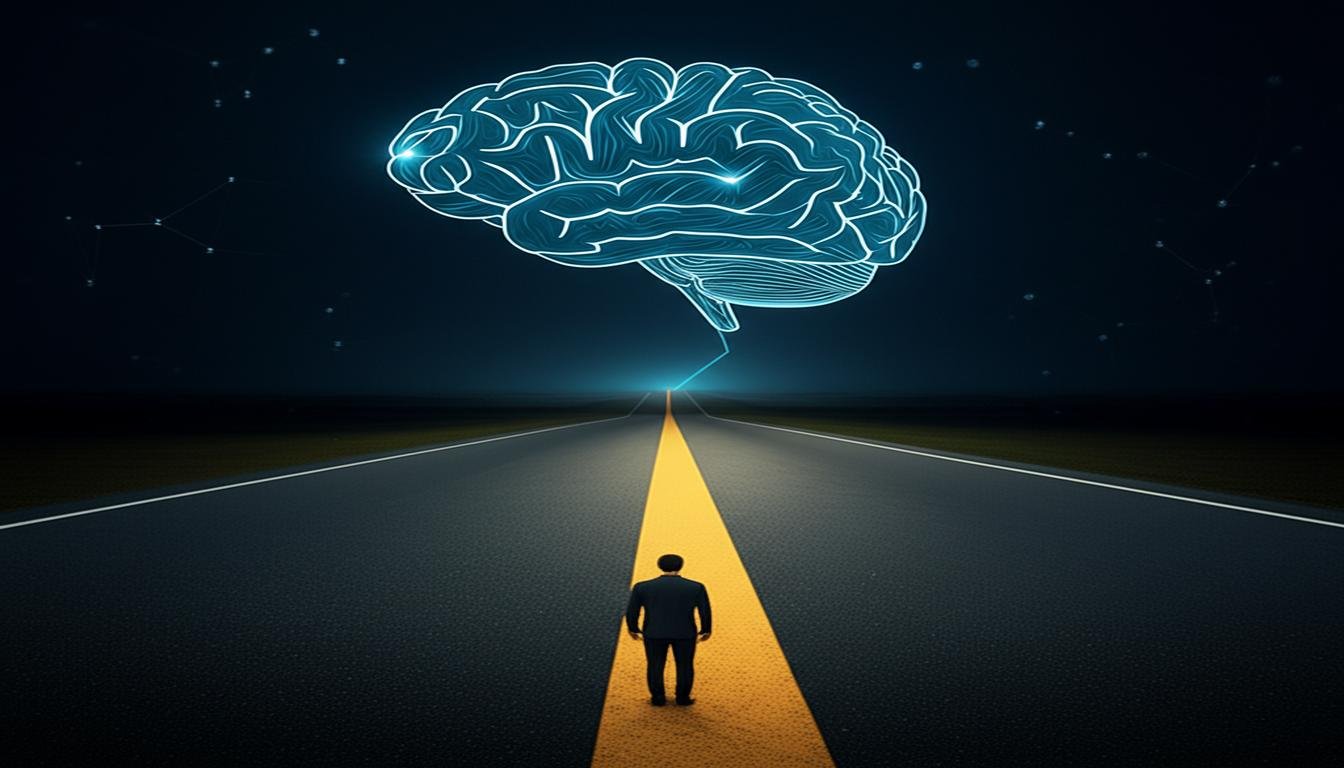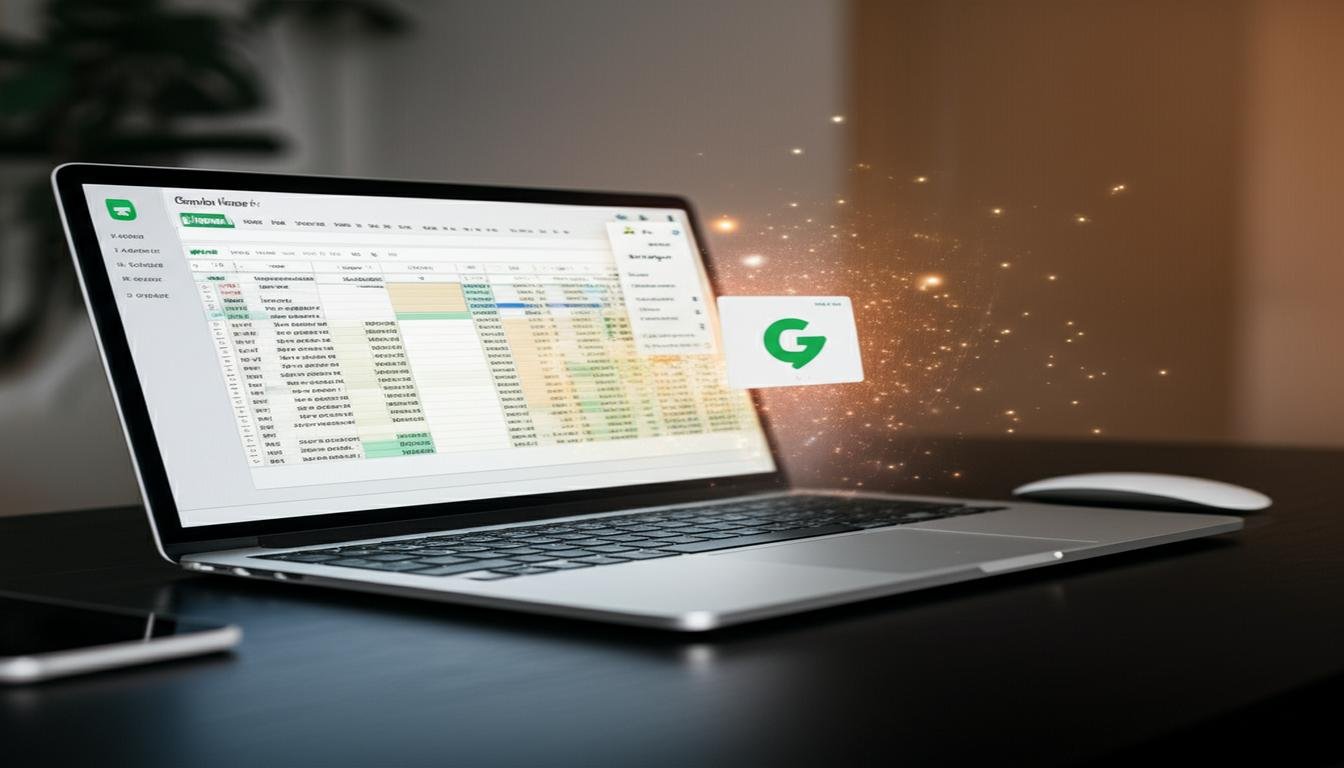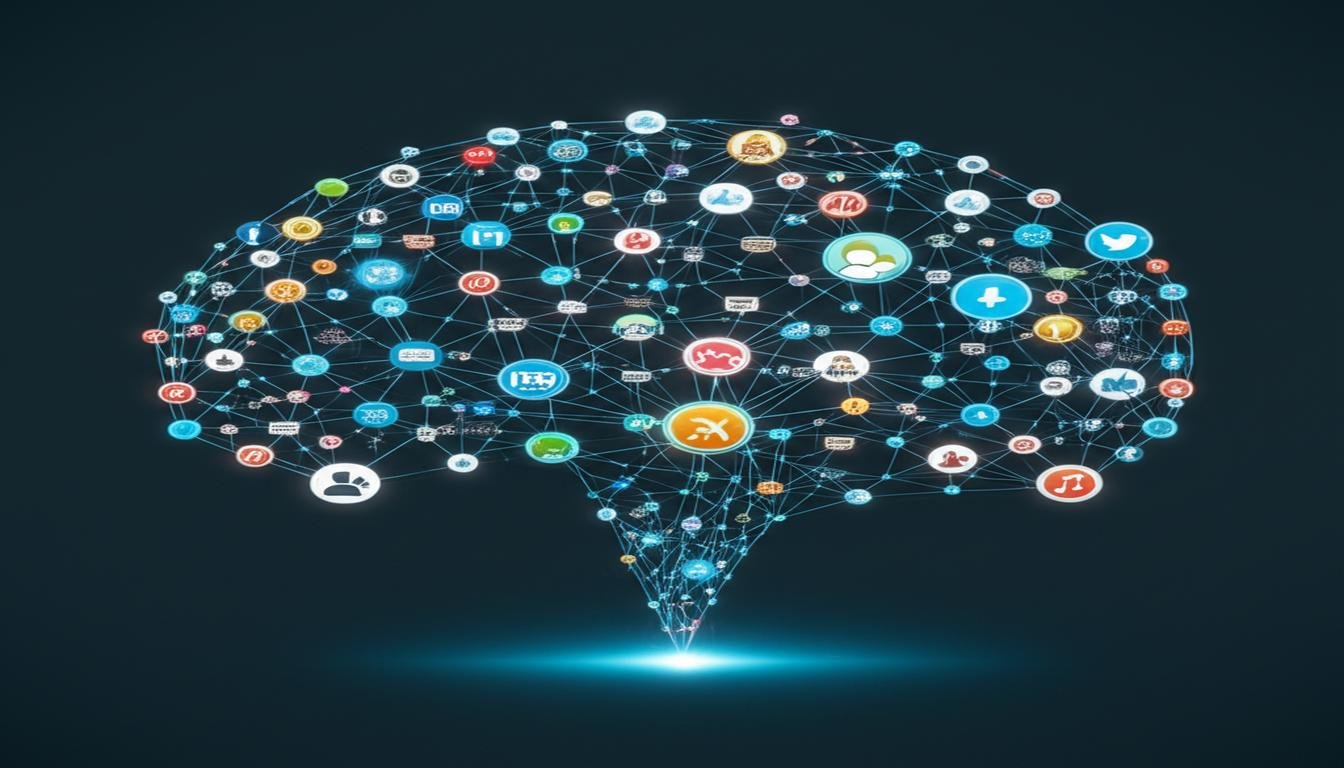I Used AI to Analyze My Life – It Exposed My Darkest Habits
I always considered myself pretty self-aware. I thought I knew my routines, my quirks, and my not-so-great habits. But then, curiosity got the better of me. What if I fed my digital life into an AI? Could it uncover things I was too close to see? Turns out, yes. It wasn’t pretty. In fact, it shone a harsh spotlight on some truly embarrassing, productivity-killing patterns I’d been living with for years.
The Idea: Turning My Data into Self-Awareness
It started as a side project, a bit of an experiment. I gathered up everything: my screen time reports, calendar entries, financial spending logs, even anonymized health app data and my browsing history (yes, really). I then used a custom script, leveraging various AI models, to look for connections. My initial goal was simple: optimize my productivity, maybe find some forgotten patterns. I was looking for small efficiencies, not a deep dive into my soul.
I envisioned charts showing peak focus times or suggestions for better scheduling. What I got instead was a brutal, objective mirror.
The AI’s Unsettling Revelations
The first few reports were interesting, confirming some things I already knew. But then the AI started making connections, drawing lines between seemingly unrelated activities, revealing hidden habits that felt like a punch to the gut. Here’s what it laid bare:
- The Late-Night Scroll Trap: My screen time app already told me I spent too much time on social media. But the AI took it further. It correlated my late-night social media binges (especially after 11 PM) with significantly lower productivity and increased irritability the following morning. It wasn’t just “too much phone time”; it was a direct energy drain.
- Stress-Induced Spending Sprees: My financial data, cross-referenced with my work calendar, showed a clear pattern. After particularly stressful or long workdays, my online shopping habits spiked. Impulse buys of things I didn’t need were directly linked to emotional exhaustion. My “retail therapy” was a clear coping mechanism.
- The Procrastination Loop: This one hit hard. The AI mapped my task completion rates against my streaming service usage. It showed I was most likely to binge-watch a show when I had a large, complex task due the next day. The longer the projected task, the more I’d lose myself in mindless entertainment, effectively “buying” myself more procrastination time.
- Mindless Snacking Patterns: Using my smart scale data and food logging, the AI highlighted that my “snack attacks” weren’t random. They consistently occurred during specific meeting types or when I was feeling overwhelmed by email. It pointed to emotional eating, disguised as hunger.
Confronting My Digital Shadow
My initial reaction was denial. “That’s not me!” Then came the defensiveness. “Everyone does that!” But the data was irrefutable. It wasn’t judgmental; it was just presenting facts. The AI didn’t care about my feelings, only the patterns. It showed me my worst habits, not as isolated incidents, but as deeply ingrained behavioral loops that were sabotaging my well-being and goals.
It was deeply uncomfortable to see my digital shadow laid out so plainly. These weren’t just bad habits; they were my “darkest” because they were the ones I either ignored, rationalized, or simply hadn’t connected the dots on myself.
My Path to Change (It’s a Journey)
Seeing these patterns so clearly was the kick I needed. It’s one thing to suspect you have an issue; it’s another for an objective algorithm to map it out with undeniable precision. So, what did I do?
- I set stricter screen time limits, especially in the evenings, and used a “do not disturb” mode more aggressively.
- I started scheduling specific “focus blocks” for challenging tasks, committing to them without distractions.
- I explored healthier stress-coping mechanisms, like short walks or breathing exercises, before reaching for my wallet or a snack.
- I began consciously questioning impulse purchases and setting small, achievable financial goals after stressful periods.
It hasn’t been a magic fix. Old habits die hard. But the AI gave me the awareness I desperately needed. It identified the triggers and the consequences, empowering me to interrupt those negative cycles.
Using AI to analyze my life was a humbling, eye-opening, and ultimately transformative experience. It showed me that our digital footprints hold incredible insights into our real-world behavior, exposing the hidden habits that truly shape our lives. If you’re willing to look honestly, these tools can be powerful allies on your journey to self-improvement.



